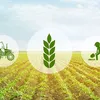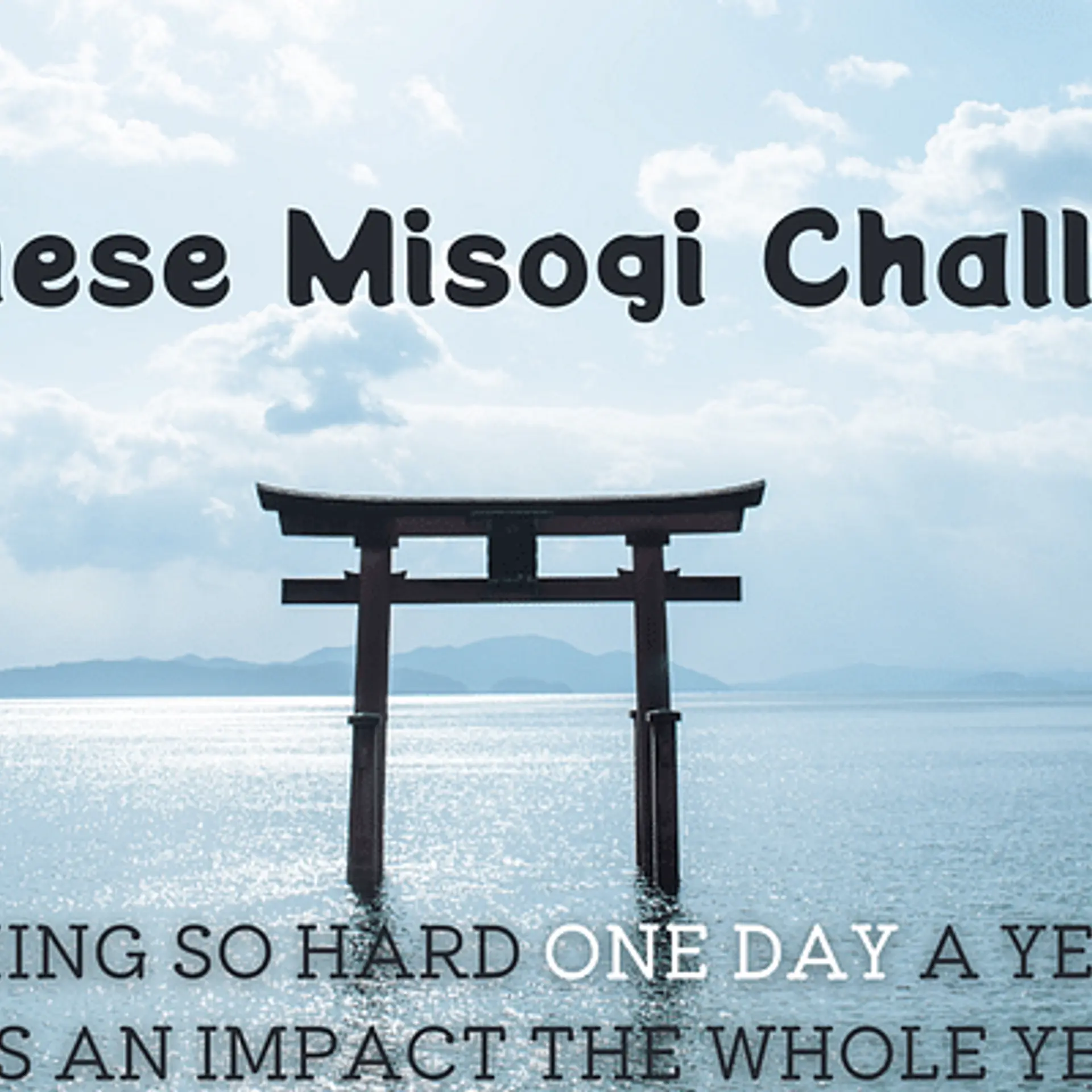Digitising quality control in farm to fork ecosystem
India ranks second in fruits and vegetable production in the world. However, the country lags in the export of quality produce. Emerging technologies such as artificial intelligence (AI) can improve quality control, helping farmers get a better price for their produce.
If there was ever a time that made us pay attention to our health, it has been none other than the COVID-19 pandemic. Consumers today are more aware than ever before and want to be able to easily access fresh, organically grown produce.
India ranks second in fruits and vegetable production in the world, after China. As per National Horticulture Database (Second Advance Estimates) published by National Horticulture Board, during 2019-20, India produced 99.07 million metric tonnes of fruits and 191.77 million metric tonnes of vegetables.
The vast production base offers India tremendous opportunities for export but India's share of the global market is still nearly 1% only, and one of the key reasons is poor food quality.
It is worth noting that India produces nearly 40.48% of the world’s total share of mangoes and yet there have been times our mangoes are banned by countries due to substandard quality control.
Food product testing is vitally necessary, to ensure that the food is free of physical, chemical, and biological hazards.
Why is quality control important?
Contamination can occur at any stage in the agricultural supply chain, putting food consumers at risk. As a result, quality is critical at all stages, from raw materials to the final product. Quality control is critical not just for consumer health but also for international trade.
Agricultural imports into many countries throughout the world are subject to their respective quality requirements. It is necessary for Indian farmers and merchants to ensure the quality of the produce for them to be able to sell their products globally.
For today's consumers, food quality and safety are the most important characteristicsBut the quality can only be improved through technology—with help of digitalisation, India can overcome current challenges that the country is facing in terms of quality assurance. Now, this is a proven concept.
Several countries across the globe have demonstrated that an assortment of technology like hybrid seeds, precision farming, big data analytics, artificial intelligence, geo-tagging, mobile apps, and farm management software can be applied at every stage in the agriculture process to increase quality productivity and farm incomes.
Why is digitised quality control (QC) necessary?
Digitised quality control is done to analyse the quality of the food ingredients and the finished product.
According to the United Nations Food and Agricultural Organisation (FAO), one third of all food produced worldwide is wasted. Poor quality control and a sloppy supply chain are to blame for most of this food loss.
Majority of the quality control is currently concentrated on the agricultural supply chain's post-harvest phase. Only once the final product is completed is a quality check performed. However, quality control is a process rather than a single step in the entire process.
Employing measures to attain the highest quality product from the very beginning of the life cycle aids in achieving the most reliable final product quality. Digitisation can help to ensure the quality of food from the nascent stage and throughout the agricultural life cycle.
Here’s how digitalisation can improve quality in the final product.
In the planning phase
Drones can assist with soil health sampling, seed planting patterns, fertilisation, and irrigation strategies, among other things. AI models can support in determining seed quality and perform crop diagnosis in a scalable fashion, reducing the inaccuracy of judgments that can occur with current methods.
What type of soil will be good for which type of plantation, how much fertilizer is the right amount, which type of weather and moisture will favor a specific produce? Answer to all of these questions is technology.
In the pre-harvest phase
Using digital tools, it is possible to recognise areas that require special attention at the appropriate moment when crops are in growth period. Fertilizers and insecticides can be sprayed in appropriate amounts and precisely in specific locations. Disease, infections, discoloration, and other conditions can be detected using image-based digitisation.
Mobile applications can provide real time automatic recommendations and warnings which can assist farmers in taking the right measures to satisfy quality criteria. All of this will lead to the production of value and a higher-quality product.
In the post-harvest phase
Digitised QC can be deployed to overcome below mentioned challenges of conventional testing techniques.
Existing traditional techniques of post-harvest food testing are time-consuming, lab-based, and harmful. The testing procedures, and the prolonged time consumption, results in a lot of food being wasted. Not to forget, the heavy reliance on human resources.
In addition, lab testing is not transparent. Farmers are left at the mercy of the middleman's word for quality and have to accept any prices established by them.
Traceability can also be enabled via digitisation. The major benefit of using technology to track product’s life history is that it improves quality and credibility of produce.
When a product is backed by traceability and excellent quality, farmers can negotiate pricing for their goods with confidence. This will address the problem of farmers being paid unjust rates which results in major loss and poverty.
Combination of spectroscopy and AI-powered applications can lead to measuring internal food quality in terms of nutritional value, contaminants, moisture and sugar content, acidity, soluble solids, pesticide levels, shelf life etc.
Measuring quality in terms of external factors like ripeness, texture, appearance, uniformity, firmness, maturity, and freshness can be facilitated by various remote sensing and image processing instruments.
Conclusion
Quality Control and food safety is the need of the hour. Quick, accurate and easy QC can benefit every player in the agricultural ecosphere. The key to achieving that is technology. However, there is a long way to go in terms of penetration of digitization in the agricultural quality check system.
Educating farmers about the value of technology, innovation, and collaboration in the agricultural quality sector is critical. This will gradually lead to technological acceptance and erosion of prevailing technophobia.
Also, there is a dire need to make technology use— practical and simple. Cheaper internet, adequate infrastructure, smart device provisioning, and training to operate and make the most of available technology will ultimately play a part in the farmer community's transition to agritech.
Edited by Affirunisa Kankudti
(Disclaimer: The views and opinions expressed in this article are those of the author and do not necessarily reflect the views of YourStory.)








![How Patents Help Internet Companies - Friendster &Facebook[CaseStudy]](https://images.yourstory.com/assets/images/placeholder.png)